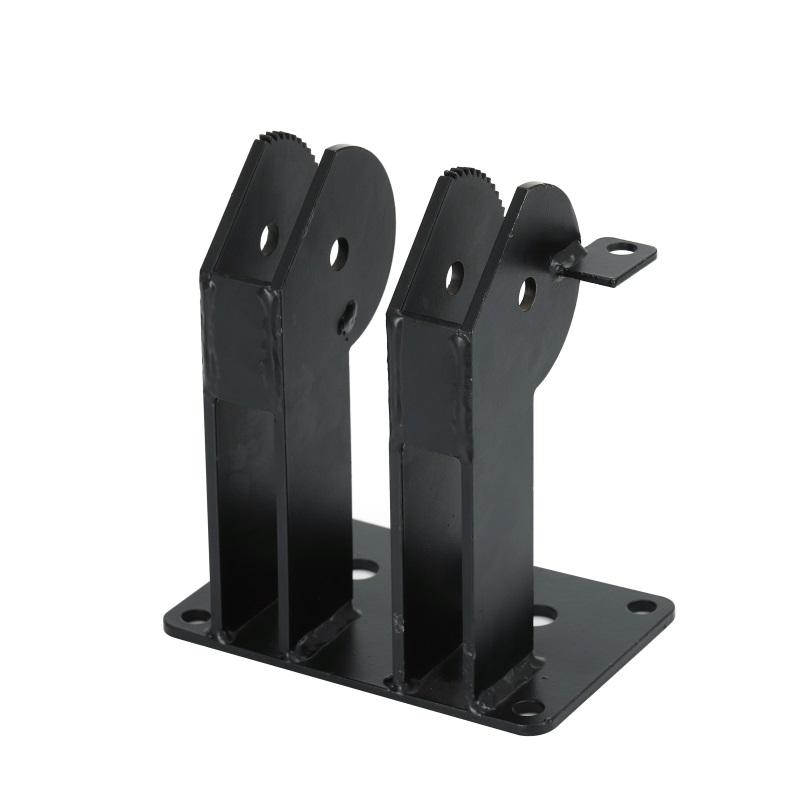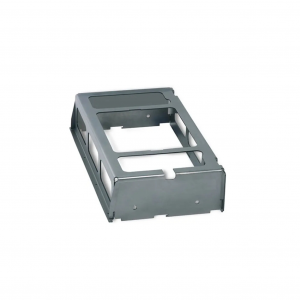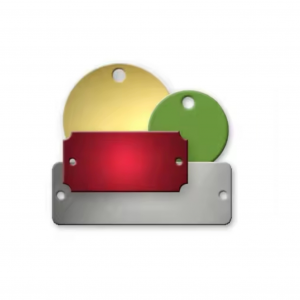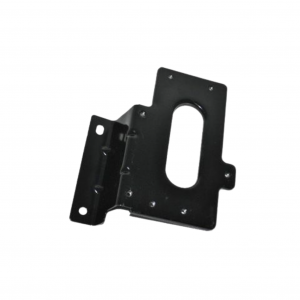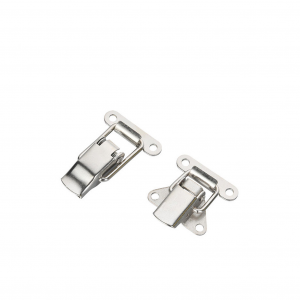High strength custom sheet metal structural welding parts
Description
| Product Type | customized product | |||||||||||
| One-Stop Service | Mold development and design-submit samples-batch production-inspection-surface treatment-packaging-delivery. | |||||||||||
| Process | stamping,bending,deep drawing,sheet metal fabrication,welding,laser cutting etc. | |||||||||||
| Materials | carbon steel,stainless steel,aluminum,copper,galvanized steel etc. | |||||||||||
| Dimensions | according to customer's drawings or samples. | |||||||||||
| Finish | Spray painting, electroplating, hot-dip galvanizing, powder coating, electrophoresis, anodizing, blackening, etc. | |||||||||||
| Application Area | Auto parts, agricultural machinery parts, engineering machinery parts, construction engineering parts, garden accessories, environmentally friendly machinery parts, ship parts, aviation parts, pipe fittings, hardware tool parts, toy parts, electronic parts, etc. | |||||||||||
Advantags
1. More than 10 years of overseas trade expertise.
2. Provide one-stop service from mold design to product delivery.
3. Fast delivery time, about 30-40 days. In stock within one week.
4. Strict quality management and process control (ISO certified manufacturer and factory).
5. More reasonable prices.
6. Professional, our factory has more than 10 years of history in the field of metal stamping sheet metal.
Quality management
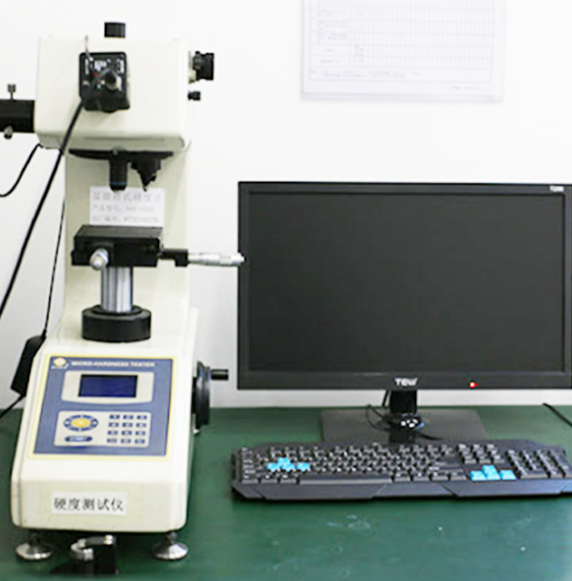
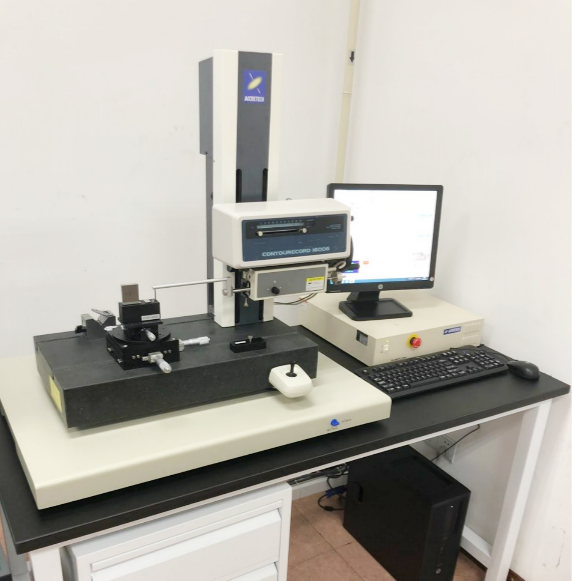
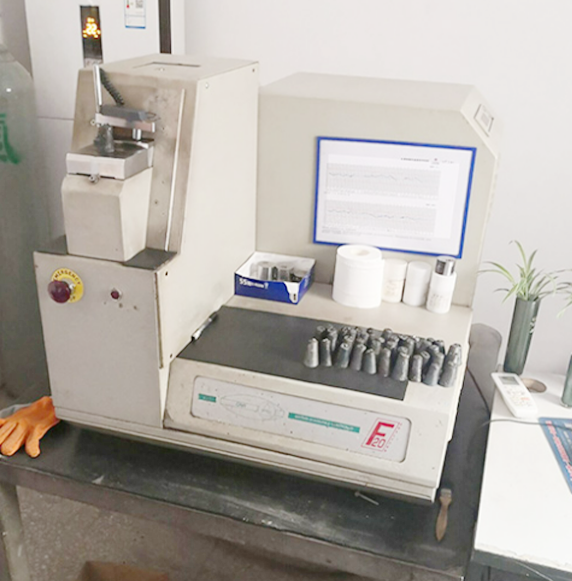
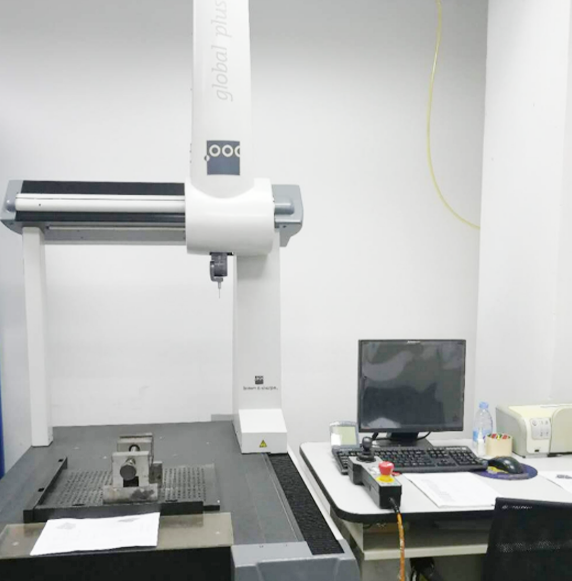
Vickers hardness instrument.
Profile measuring instrument.
Spectrograph instrument.
Three coordinate instrument.
Shipment Picture




Production Process
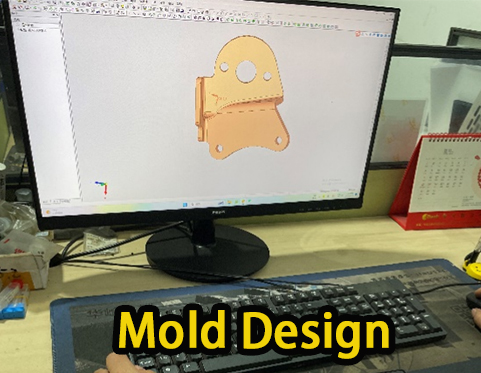
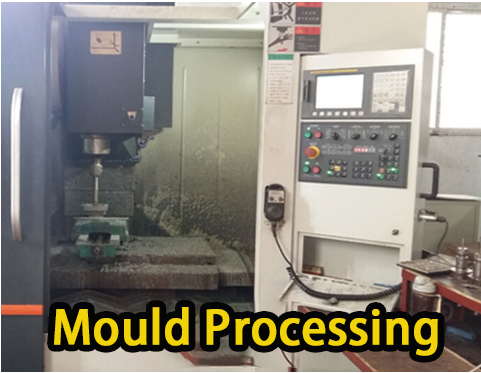
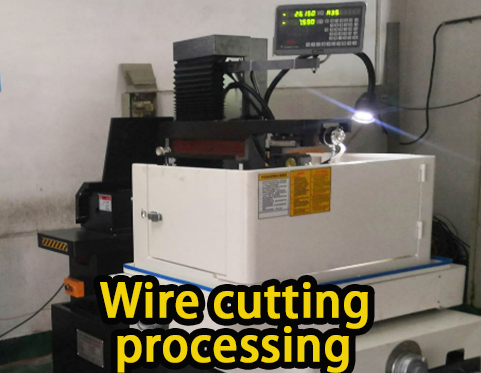
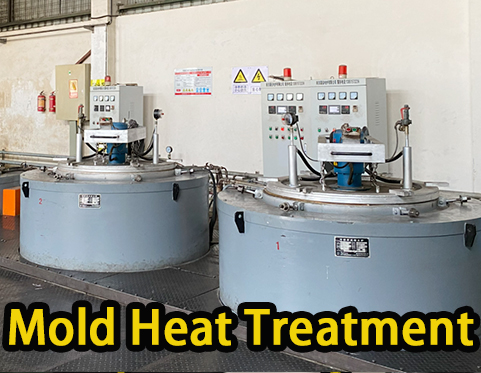
01. Mold design
02. Mould Processing
03. Wire cutting processing
04. Mold heat treatment
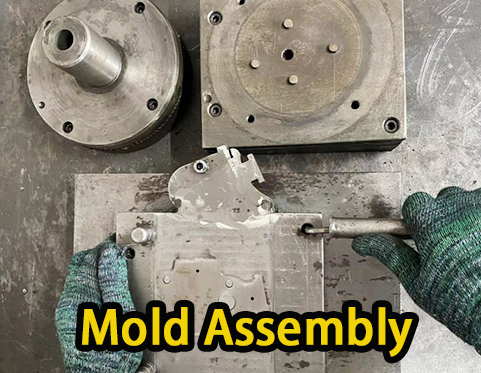
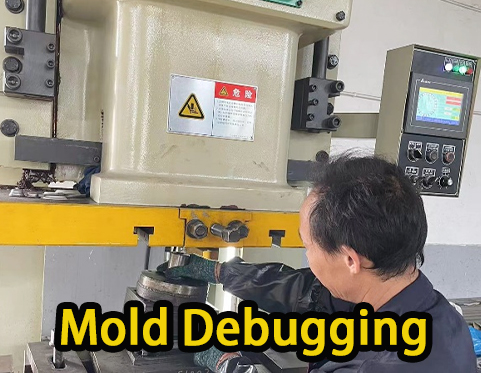
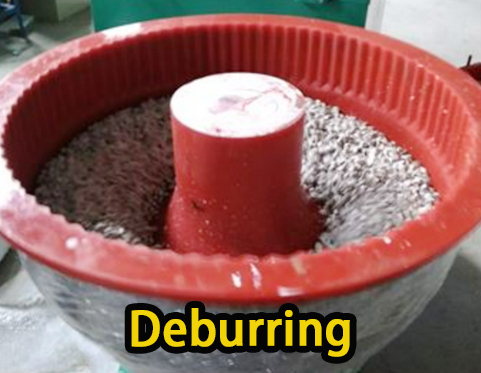
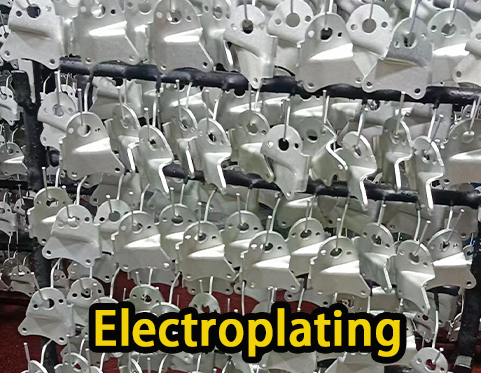
05. Mold assembly
06. Mold debugging
07. Deburring
08. electroplating

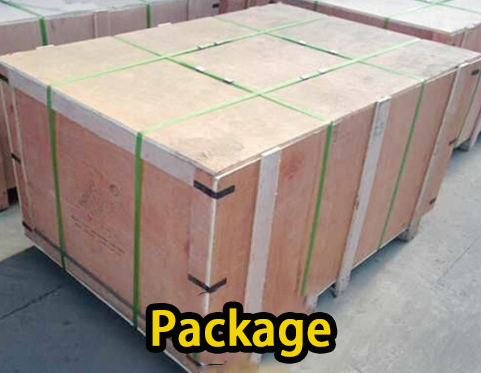
09. Product Testing
10. Package
Tight tolerances
Whether you are in the aerospace, automotive, telecommunications or electronics industry, our precision metal stamping services can deliver the part shapes you require. Our suppliers work hard to meet your tolerance requirements by iterating tool and mold designs to fine-tune output to meet your needs. However, the tighter the tolerances, the more difficult and costly it is. Precision metal stampings with tight tolerances can be brackets, clips, inserts, connectors, accessories and other parts in consumer appliances, power grids, aircraft and automobiles. They are also used to make implants, surgical instruments, temperature probes and other medical device parts such as housings and pump components.
Regular checks after each successive run to ensure the output is still within specification is typical for all stampings. Quality and consistency are part of a comprehensive production maintenance program that monitors stamping tool wear. Measurements using inspection jigs are standard measurements on long-running stamping lines.
Metal stamping design process
Metal stamping is a complex process that may include a variety of metal forming processes - blanking, punching, bending and punching, among others.
Blanking: This process involves cutting the rough outline or shape of a product. The purpose of this stage is to minimize and avoid burrs, which can increase the cost of the part and extend delivery time. This step is to determine the hole diameter, geometry/taper, edge to hole spacing and where to insert the first punch.
Bending: When you design bends in stamped metal parts, it is important to leave enough material aside - make sure you design the part and its blank so that there is enough material to perform the bend.
Punching: This operation is when the edges of a stamped metal part are tapped to flatten or break off burrs; this creates smoother edges in the cast areas of the part geometry; this also adds extra strength to localized areas of the part, and Can be used to avoid secondary processing such as deburring and grinding.

